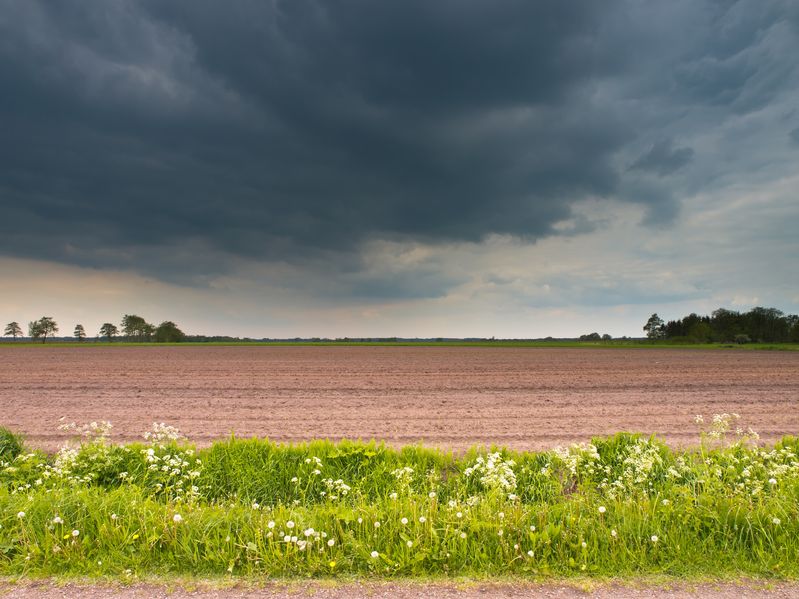
Farmland values show signs of firming over the past quarter, on the back of tight supplies and strong interest from non-farmers and tax-driven buyers.
Analysis of Strutt & Parker’s Farmland Database shows that private investors and rollover buyers are emerging as the dominant force in the market for farmland in England.
Farmers now account for fewer transactions than at the peak of the market in 2015.
The number of transactions involving private investors has risen from 8%, pre the 2008 financial crisis, to 20% in 2017.
Agents are also reporting greater levels of activity from rollover buyers needing to reinvest the proceeds of residential and commercial land deals to avoid a Capital Gains Tax liability.
While many of these rollover buyers are farmers, they are funding their purchase from a development windfall, rather than from their core business, which allows them to pay premium prices for the right sort of farm.
Michael Fiddes, Head of Estates & Farm Agency for Strutt & Parker, said: “Our data points to a combination of tight supplies and increased interest from non-farmers and tax-driven buyers, causing prices to firm for certain types of property, despite demand overall for farmland being weaker.
“The data shows more farmland is remaining unsold compared to two years ago, but much of the land which is selling is achieving good prices.”
Firmed prices
Based on the transactions in the Farmland Database, the average price of arable farmland sold in Q3 of 2017 was £9,100/acre, which is nearly 5% higher than it was in Q2.
“This change may not be statistically significant because of the relatively small amount of land which sells in each quarter – and it, of course, only reflects the land which has sold – but it does feel anecdotally as if prices have firmed in the past quarter for larger farms,” Mr Fiddes explained.
“Certain categories of buyers – for example, those on the hunt for large residential estates – are currently competing over a dwindling pool of properties.
“Similarly, the increase in the amount of rollover money circulating in the market has prompted strong demand for larger, commercial blocks, leading to premium prices in many cases.
“The appeal of smaller farms and blocks of farmland is very dependent on location, with the prices paid for them very wide-ranging.”
Non-farmer buyers
Mr Fiddes said since 2013 an average of 43% of farm sales had been to non-famer buyers, with these transactions accounting for 55% of the total area sold.
Farmer-buyers accounted for less than half of land sold.
Mr Fiddes said 2017 started slowly in terms of the amount of land marketed and it looked like the year would end that way, too.
“During the first nine months of the year, around 73,000 acres of land in England have been marketed, which is in line with the five-year average, but a 20% fall on 2015 levels.
“Autumn is usually a prime time to sell, but there has been a noticeable lack of new farms coming forward over the past six weeks and this is unlikely to change before Christmas.”
Mr Fiddes added that over the coming months he expected some smaller properties to continue to struggle to attract interest, but good-sized, commercial blocks of arable land were likely to be sought after by rollover buyers needing to reinvest.
“High net worth individuals are also likely to want to invest in larger estates, as and when they emerge.
“No one is anticipating the high levels of capital growth we have seen over recent years, but there are good tax reasons for continuing to invest in farmland, along with a strong emotional pull to the idea of owning land.”
